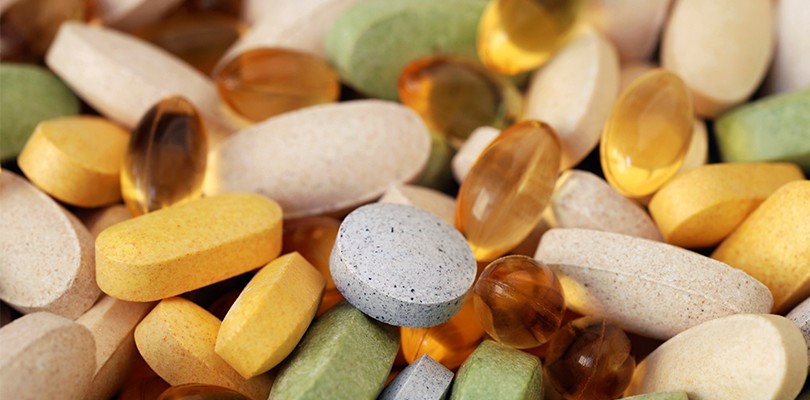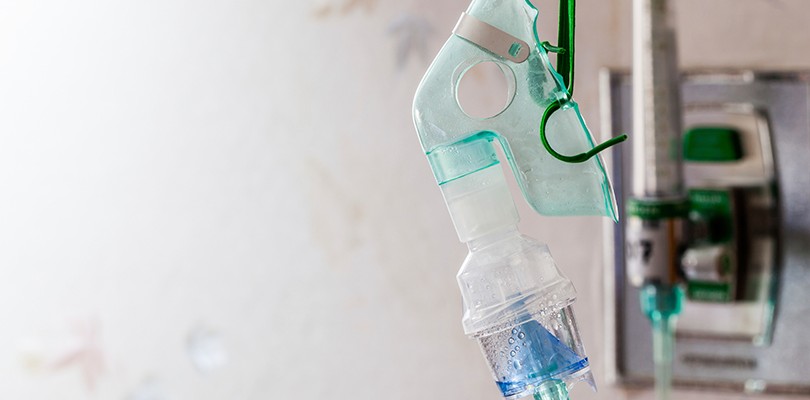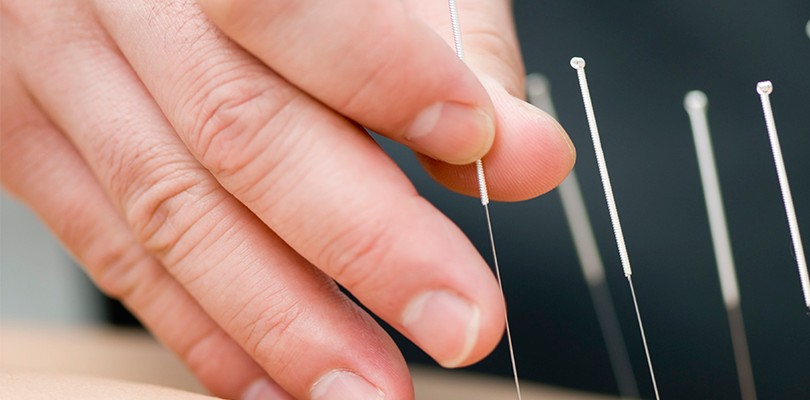
Photo Credit: monkeybusinessimages / istockphoto.com
COPD Treatment Options
COPD describes lung conditions associated with blockages of the airways. There are two main forms of COPD: chronic bronchitis, characterized by excessive cough, mucus and inflammation of the airways, and emphysema, where the walls of the lungs become less elastic.
Although there is no cure for COPD, there are a few treatment options that can help control the symptoms.
1. Adopt a Healthier Lifestyle
The treatment of COPD starts with a healthy lifestyle.
First and foremost, stop smoking if you haven’t already. This is the most important thing you can do to prevent or slow the progression of COPD. The benefits of quitting smoking go way beyond healthier lungs. Within 24 hours of your last cigarette, mucus and smoking debris start to be eliminated from your lungs and you will breathe easier. After two days your sense of smell and taste will improve significantly and within three months your lungs and heart will work much better as circulation and lung function improves, and you will experience less cough and wheezing.
A healthy diet is also important. COPD sufferers often lack essential vitamins, minerals and other nutrients. COPD is linked with a deficiency of antioxidants and nutrients such as vitamins A, C, E, magnesium, potassium, selenium and zinc. These nutrient deficiencies contribute to the progression of COPD.
Adopt a healthy diet such as the Mediterranean diet, which includes fresh fruits and vegetables, whole grains, healthy oils, lean meats and fish, as well as nuts and seeds. Avoid highly processed foods, which promote inflammation, excessive weight, and poor nutrient content. You should also consider taking nutrients in supplement form.
It’s also essential that you exercise regularly. You may experience some symptom aggravation during exercise, but staying as active as possible is essential to keep your lungs fit and healthy. Strengthening exercises build endurance and you will be able to breathe better.

Photo Credit: mcfields / istockphoto.com
2. Medication
Drugs are quite effective for controlling symptoms and even preventing flare-ups. A few classes of drugs are currently available and are sometimes used in combination. Drugs used for the treatment of COPD include:
- Bronchodilators – These improve airflow by opening the airways and helping you breathe easier.
- Corticosteroids – These are usually given in moderate to severe forms of COPD and have strong anti-inflammatory qualities. They are either inhaled or taken orally.
- Leukotriene modifiers – These drugs also decrease the inflammation of the airways, and help reduce excessive mucus.
- Antibiotics – Antibiotics are prescribed when COPD is complicated with an infection.
You should regularly review your medication with your doctor, as the drugs and dosage may be adjusted over time to better manage the symptoms. Be aware that all drugs can cause side effects and interact with other drugs or supplements. Your physician will also advise what medication to take in case you experience a flare-up.

Photo Credit: Adkasai / istockphoto.com
3. Oxygen Therapy
When you experience a flare-up and go to the hospital for treatment, oxygen therapy is often provided along with medication. Continuous oxygen therapy is also indicated in advanced stages of COPD and is used at home.
Oxygen therapy is effective in helping the lungs function better and helping COPD patients stay more active. It may reduce your shortness of breath, improve your energy levels, help you sleep better, and even add years to your life.
A variety of devices are now available, including portable oxygen units that you carry around with you at all times. Generally speaking, oxygen therapy is considered safe but can increase the risk of fire hazards. Make sure you follow the instructions from the home equipment provider.
Breathing techniques for COPD are non-invasive methods that are used to help improve COPD symptoms. Here are the top three methods to try.

Photo Credit: monkeybusinessimages / istockphoto.com
4. Surgery
In rare, severe cases, COPD is managed with lung reduction surgery. During this procedure, the damaged tissues are removed, and therefore the healthy parts of your lungs will have more space to function better.
In other cases, lung transplants may also be recommended. A surgeon will carefully evaluate the risks versus the benefits and decide whether or not an individual is a good candidate for surgery.
Lung reduction surgery has higher risks than heart surgery because COPD sufferers have poor lung function and are older when the procedure is recommended. The death rate from this surgery is between 6-10%. Possible complications include air leakage leading to the collapse of the lung tissue, pneumonia and other infections, stroke, excessive bleeding, and heart attacks.

Photo Credit: zilli / istockphoto.com
5. Alternative Medicine Therapies
Acupuncture may help ease the symptoms of COPD. Preliminary studies suggest that acupuncture can decrease shortness of breath associated with COPD. It may also be effective in helping you quit smoking.
The risks of acupuncture are low when performed by a licensed practitioner. In some cases, acupuncture can cause mild soreness, bleeding and bruising at the needle site. Serious side effects such as organ injuries are extremely rare when receiving treatment from a certified practitioner.
Mind-body medicine helps relive stress, anxiety and depression associated with COPD. You may want to try relaxation techniques such as deep breathing, visualization, or meditation. You could also join a support group where therapy sessions are provided to a small class, and share your experience with other people with COPD. Yoga or tai chi has the benefit of relaxing your mind, strengthening your body, improving your flexibility and posture and teaching you how to breathe better and more efficiently.
Read more about treatments for COPD over at NewLifeOutlook.
When symptoms flare up it can be difficult to breathe. In such instances it may be helpful to use BiPAP for COPD, a machine that assists with breathing.








